cold temps and potted figs
keepitlow
13 years ago
Related Stories
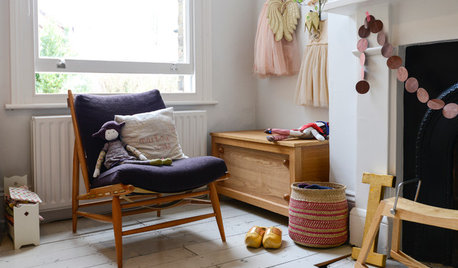
FEEL-GOOD HOMESimple Pleasures: Get Cozy on a Cold Day
Some things are best when the weather is bad. Heat up some cocoa and join the discussion
Full Story
ARCHITECTURE15 Smart Design Choices for Cold Climates
Keep your home safe and comfortable in winter by choosing the right home features and systems
Full Story
WINTER GARDENINGExtend Your Growing Season With a Cold Frame in the Garden
If the sun's shining, it might be time to sow seeds under glass to transplant or harvest
Full Story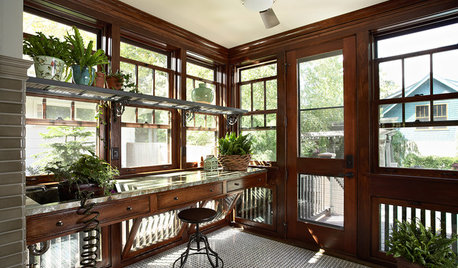
WINTER GARDENINGWinter Gardening: Ideas for a Dream Potting Room
Check out potting rooms that get indoor gardening right — and learn tips for creating your own
Full Story
SPRING GARDENINGHow to Grow a Rose Garden in Pots
Everything can come up roses, even without a plot of soil in sight. This step-by-step guide to growing roses in containers shows you how
Full Story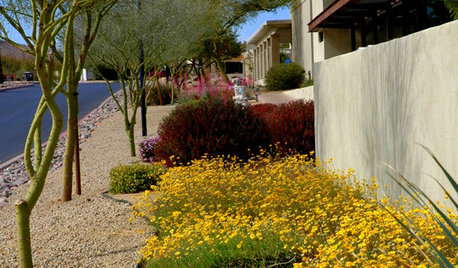
GARDENING GUIDESGreat Native Plant: Angelita Daisy
Want a pretty perennial that can handle high and low temps with little fuss? Versatile angelita daisy is your workhorse
Full Story
HOUSEKEEPINGLower Your Heating Bills With Some Simple Weather Stripping
Plug the holes in your house this winter to make sure cold air stays where it belongs: outside
Full Story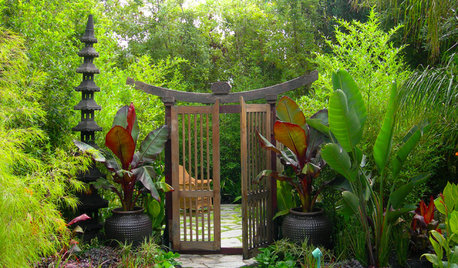
CONTAINER GARDENS10 Ways to Take Containers Beyond the Patio
Enliven your landscape with pots and containers
Full Story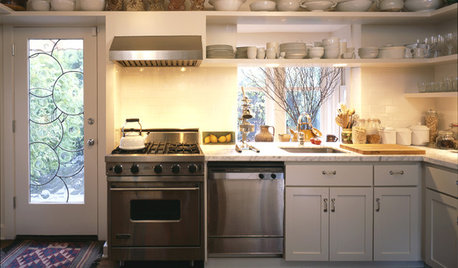
KITCHEN DESIGNHouse Planning: How to Set Up Your Kitchen
Where to Put All Those Pots, Plates, Silverware, Utensils, Casseroles...
Full Story
FALL GARDENING5 Fall Fruits You Can Grow in Containers
Brighten your porch or patio with a potted pomegranate, kumquat, blueberry bush or another great fall fruit
Full StoryMore Discussions






tapla (mid-Michigan, USDA z5b-6a)
satellitehead
Related Professionals
Bridgetown Landscape Architects & Landscape Designers · Lakeland Landscape Contractors · Wake Forest Landscape Contractors · Amesbury Landscape Contractors · Azalea Park Landscape Contractors · Mendota Heights Landscape Contractors · Paso Robles Landscape Contractors · Peachtree City Landscape Contractors · West Haverstraw Landscape Contractors · Yuba City Landscape Contractors · Boone Decks, Patios & Outdoor Enclosures · Kissimmee Decks, Patios & Outdoor Enclosures · Leander Decks, Patios & Outdoor Enclosures · Prichard Decks, Patios & Outdoor Enclosures · Olean Fence Contractorstapla (mid-Michigan, USDA z5b-6a)